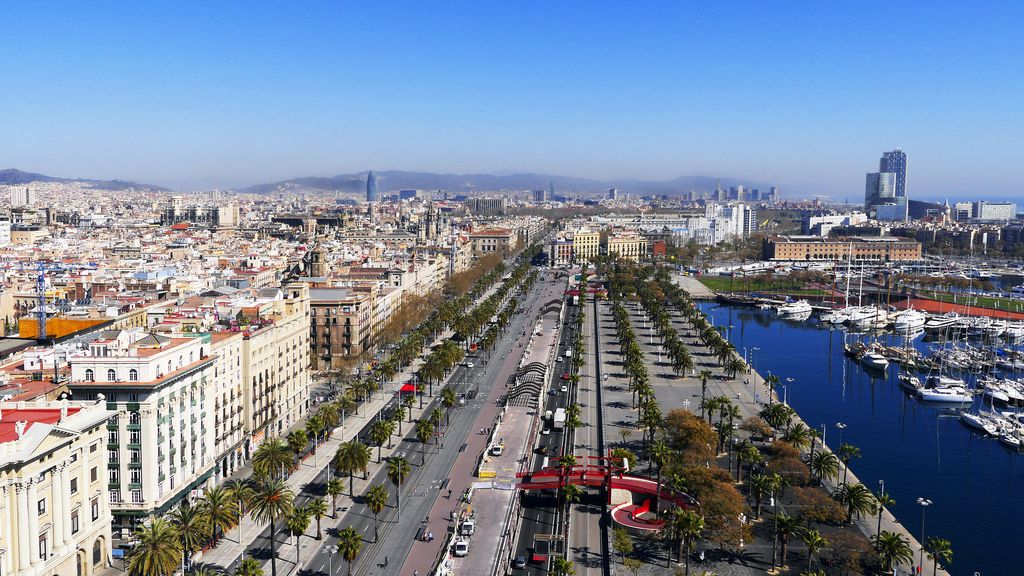Grown since 2010, Rasteau is one of the little-known treasures of the Côtes-du-Rhône, wines at reasonable prices, too often snubbed for the benefit of AOC which often has only the name prestigious.
This appellation is often associated with natural sweet wines (in AOC since 1944) which ensured its notoriety under the Ancien Régime.
However, these now represent only 5% of the wines sold.
Nestled in the north of Vaucluse, overlooking the Ouvèze valley 35 km from Avignon, this 950 ha vineyard is rooted between 160 and 290 m above sea level on the stony and clayey terroir in the shape of an amphitheater in the town of Rasteau (and some plots in the territory of Sablet).
Three cooperative wineries, mainly Ortas, market 45% of Rasteau wines, leaving 66 private cellars with 35% of production.
These winegrowers are at the forefront of organic products, which still only represent 12% of volumes.
“With the installation of a new generation of winegrowers, organic is steadily progressing”, rejoices Réjane Pouzalas, winemaker at the Wilfried estate (organic) and president of the cru.
Vines aged on average 50 years
In a region at the forefront of global warming, the rasteau makes its difference heard: the alcoholic degree has increased less than elsewhere.
This particularity is due both to the terroir and to the root development of vines, on average 50 years old.
This singularity establishes the reputation of wines exported at 30%, historically in the United States and Canada.
In France, you will find them in supermarkets and wine merchants between 8 and 16 €, with an average of 10 to 12 €, and higher tickets for noble cuvées.
In addition to the Ortas cellar, driven by its emblematic “Prestige” cuvée, the historic estates of Soumade and Beaurenard, the unmissable estates such as the Wilfried (“Terre des Promesses” cuvée), Bressy-Masson (“Souco d’Or” cuvée) estates, Trapadis, Grand Nicolet (“Les Esqueyrons” cuvée) and Luminaille (“La Garance” cuvée) offer a fairly complete range of the best Rasteau wines.
Newcomers come to challenge them like Mikaël Boutin. Despite the modest size of his estate, this young winegrower is getting a lot of attention. And rightly so.
–
A vineyard dedicated to Grenache Noir
The three main grape varieties, Grenache, Syrah and Mourvèdre compete for the favors of the cellar masters.
The first, which represents half of the appellation’s grape varieties, must also represent at least 50% of the blends.
Syrah and Mourvèdre intervene alone or together for 20%. To complete the blends, the winegrowers can use secondary grape varieties, mainly Carignan and Cinsault.
“With its ability to lighten and refresh wine, Cinsault is one of the keys to the future in the face of global warming. Carignan brings tension, explains Réjane Pouzalas.
Both powerful and elegant, with an aging potential of 10 years, the rasteau appears in an intense ruby color, with aromas of ripe red and black fruits, enhanced by fragrances of garrigue.
In the mouth, it will seduce you with its notes of spices, liquorice and leather. When it comes to food and wine pairing, forget about game. The rasteau goes well with lamb or a nice piece of beef.
Ideally, it will accompany the racy meat of a pigeon. More original, especially when it emerges on aromas of fresh cherries, serve it with a beef tataki, marinated in soy sauce.
–


